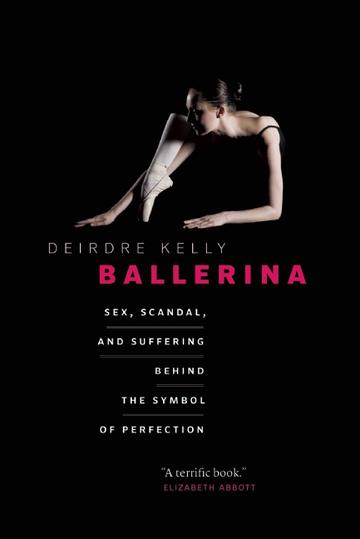About BC Books Online
BC Books Online was created for anyone interested in BC-published books, and with librarians especially in mind. We'd like to make it easy for library staff to learn about books from BC publishers - both new releases and backlist titles - so you can inform your patrons and keep your collections up to date.
Our site features print books and ebooks - both new releases and backlist titles - all of which are available to order through regular trade channels. Browse our subject categories to find books of interest or create and export lists by category to cross-reference with your library's current collection.
A quick tip: When reviewing the "Browse by Category" listings, please note that these are based on standardized BISAC Subject Codes supplied by the books' publishers. You will find additional selections, grouped by theme or region, in our "BC Reading Lists."
A Globe and Mail top 100 book of 2012
""A fascinating, well-researched, and insightful book...this is an important story to tell."" -- Sabina Allemann, former principal ballerina, San Francisco Ballet
""A literary dance of narrative and emotion that pirouettes between~rage and sorrow, backstage bleakness, and transcendent beauty."" -- Elizabeth Abbott author of A History of Mistresses
A controversial look at the brutal backstage existence of some of the world's most celebrated ballerinas.
Throughout her history, the ballerina has been perceived as the embodiment of beauty and perfection. She is the feminine ideal -- unblemished and ethereal, inspiration incarnate. But the reality is another story. Beginning with the earliest ballerinas, who often led double lives as concubines, Deirdre Kelly goes on to review the troubled lives of nineteenth-century ballerinas, who lived in poverty and worked under torturous and even life-threatening conditions. In the twentieth century, George Balanchine created a contradictory ballet culture that simultaneously idealized and oppressed ballerinas, and many of his dancers suffered from anorexia and bulimia or underwent cosmetic surgery to achieve the ideal ethereal form. At the beginning of the twenty-first century, ballerinas are still underpaid, vulnerable to arbitrary discrimination and dismissal, and expected to bear pain stoically -- but much of this is beginning to change.
As Kelly examines the lives of some of the world's best ballerinas -- Anna Pavlova, Marie Camargo, Gelsey Kirkland, Evelyn Hart, and Misty Copeland, among others -- she argues for a rethinking of the world's most graceful dance form -- a rethinking that would position the ballerina at its heart, where she belongs.



